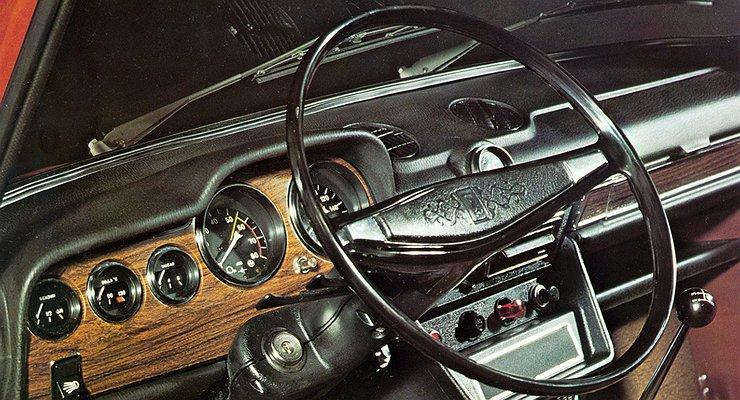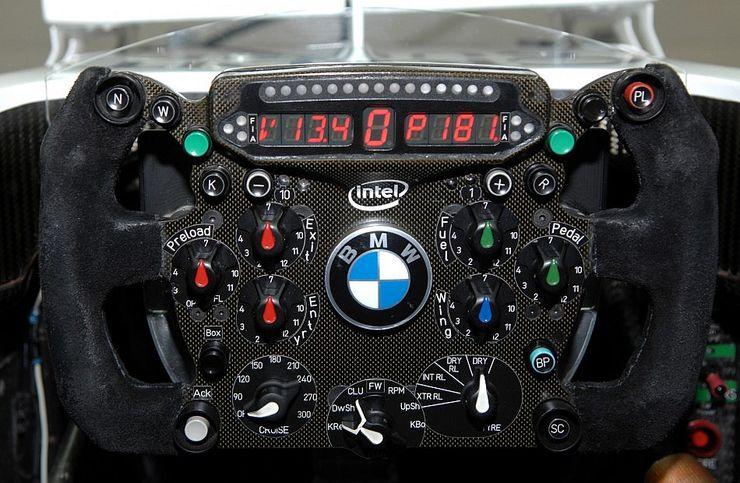
Why is the steering wheel in a car round and not square?
In the first cars, the steering wheel was something like a poker - like a tiller on a sailing ship. But already at the end of the 19th century, people realized that the wheel is an almost ideal form of the main control of the car. What is the reason for its popularity so far?
To make sure that a circle is the best form of an automobile steering wheel, it is enough to recall: the vast majority of steering system mechanisms have a gear ratio in which the steering wheel has to be turned noticeably more than 180º from lock to lock. There is no reason to reduce this angle yet - in this case, the front wheels of the car will turn too much at the slightest deviation of the steering wheel from the zero position. Because of this, accidental movement of the “steering wheel” at high speed will almost inevitably lead to an emergency. For this reason, the steering mechanisms are designed in such a way that to turn the wheels of the machine from the zero position to a significant angle, it is required to intercept the steering wheel at least once. And in most cases, more than that.
To simplify the interceptions, all points of contact of the hands and the control should be in a place predictable for human motor skills. The only geometric plane figure, all points of which, when rotated around the central axis, are on the same line - a circle. That is why the steering wheels are made ring-shaped so that a person, even with his eyes closed, absolutely without thinking about his movements, could intercept the steering wheel, regardless of the current position of the wheels. That is, a round steering wheel is both convenience and the need for safe driving.

It cannot be said that today absolutely all cars have exclusively round steering wheels. Sometimes there are models in which interior designers "cut off" a small segment - the lowest part of the "circle", located in close proximity to the driver's belly. This is done, as a rule, for reasons of “not being like everyone else”, and also for the sake of greater convenience for the driver to disembark. But note that it is a small segment that is removed so that, God forbid, the overall “roundness” of the steering wheel is not disturbed.
In this sense, the steering "wheel" of a racing car, for example from the F1 series, can be considered an exception. There, a “square” steering wheel is rather the rule. First of all, this is due to the fact that the race car does not need to, for example, park backwards, which eliminates the need to turn the wheels at large angles. And to control it at high speeds, it is enough to turn not even the steering wheel, but more correctly, the steering wheel (like an airplane) at angles less than 90º in each direction, which eliminates the need for the pilot to intercept it in the process of control. Note also that from time to time, concept creators and other futurists from the automotive industry equip their offspring with square rudders or something like airplane controls. Perhaps these will be the cars of the future - when they will no longer be controlled by a person, but by an electronic autopilot.
